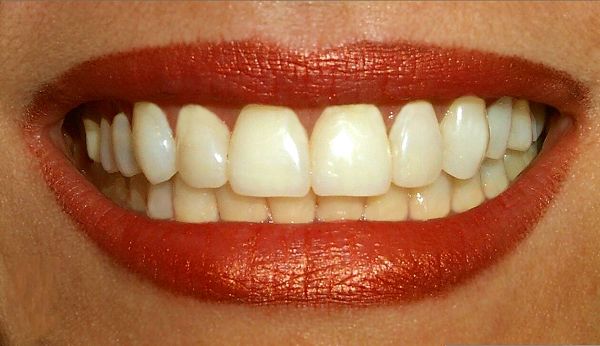I was never good as a child adopting the do what I like to do philosophy, and sneak in food which I like to eat. The main diet was crisps and sweets, which all adds to tooth decay. Your mouth is full of bacteria, which combine with small food particles and saliva to form a sticky film known as plaque, which builds up on your teeth. When you consume food and drink high in carbohydrates (sugary or starchy), the bacteria in plaque turn the carbohydrates into energy they need, producing acid at the same time. Over time, the acid in plaque begins to break down the surface of your tooth.
 The plaque will first start to erode the enamel. Over time, a small hole known as a cavity can develop on the surface. This will cause toothache.
Once cavities have formed in the enamel, the plaque and bacteria can reach the dentine. As the dentine is softer than the enamel, the process of tooth decay speeds up.
Without treatment, plaque and bacteria will enter the pulp.
The plaque will first start to erode the enamel. Over time, a small hole known as a cavity can develop on the surface. This will cause toothache.
Once cavities have formed in the enamel, the plaque and bacteria can reach the dentine. As the dentine is softer than the enamel, the process of tooth decay speeds up.
Without treatment, plaque and bacteria will enter the pulp.At this stage, your nerves will be exposed to bacteria, making your tooth very painful. The bacteria can also infect tissue within the pulp, causing a dental abscess.
Tooth decay typically occurs in teeth at the back of your mouth, known as molars and premolars. These are large flat teeth used to chew food. Due to their size and shape, it is easy for particles of food to get stuck on and in between these teeth. They are also harder to clean properly. It is more common for a front tooth to be affected by tooth decay when it is touching another tooth alongside it.
Poor diet of carbohydrates, with sweet sticky food and fizzy drinks along with poor hygiene or irregular or non existing brushing are the main factors of tooth decay. Additional factors also include smoking which disrupts the production of saliva or any type of dry mouth symptom brought on by drugs or other influences.
Anyone who has ever lost a tooth—including the 25 percent of Americans over 65 who have lost all theirs due to decay or gum disease—it may be possible to get natural replacements someday.
Low-intensity pulsed ultrasound (LIPUS) is a medical technology, generally using 1.5 MHz frequency pulses, with a pulse width of 200 μs, repeated at 1 kHz, at an intensity of 30 mW/cm2, 20 minutes/day.
Researchers at the University of Alberta have used LIPUS to gently massage teeth roots and jawbones to cause growth or regrowth, and have grown new teeth in rabbits after lower jaw surgical lengthening (Distraction osteogenesis) (American Journal of Orthodontics, 2002). As of June 2006, a larger device has been licensed by the Food and Drug Administration (FDA) and Health Canada for use by orthopedic surgeons.
A smaller device that fits on braces has also been developed but is still in the investigational stage and is not available to the public. It has not yet been approved by either Canadian or American regulatory bodies and a market-ready model is currently being prepared. LIPUS is expected to be commercially available before the end of 2012.
The LIPUS foundation website currently announces that Lipus-Plasma application units are available for rental in the USA. Sonography is generally described as a "safe test" because it does not use mutagenic ionizing radiation, which can pose hazards such as chromosome breakage and cancer development.
ultrasound has existed for sometime, its well established as a diagnostic tool for looking at unborn babies and many different functions including kidney or liver stone reductions and rehabilitation proposes for healing bones. In the futrue I am confident that this type of detal repair may in fact give people a better options for dental repair. Having spent a small fortune on replacement fillings and crown replacement implants, I would welcome a relatively simple therapy of ultra sound to stimulate tooth growth. Maybe then there wouldn't be need for the dreaded dentist drill or local injections into the gums, just a simple extraction and a portable device to wear for a few weeks.



this is incredible. Hope its true!
ReplyDelete